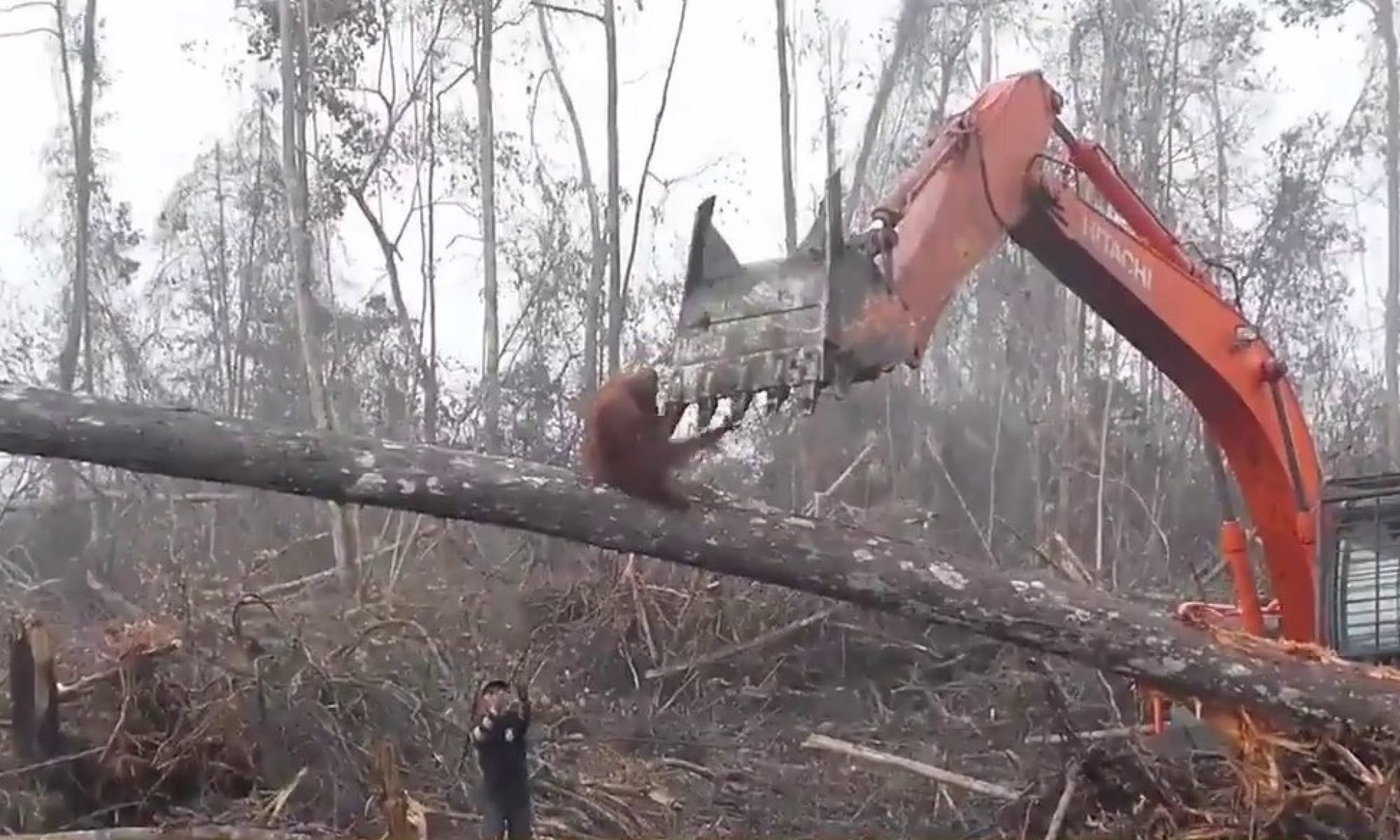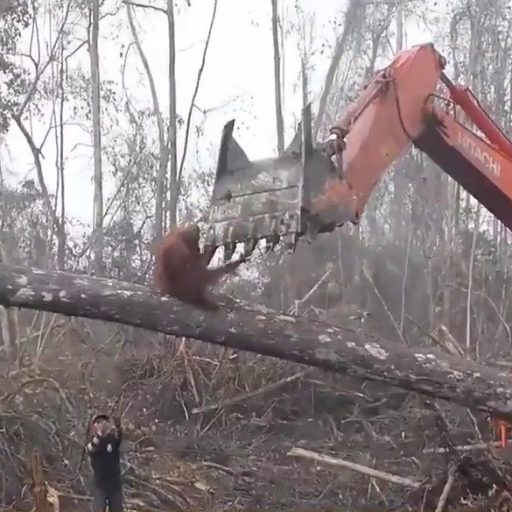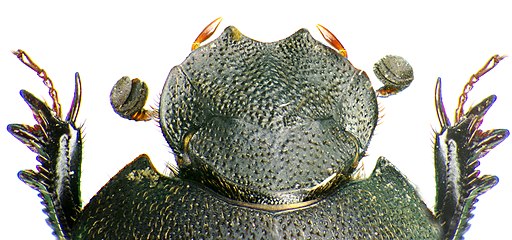Egon was born in Princeton NJ in June 1970. His parents, first cousins, had been together briefly as tiny children in a refugee camp in Austria in 1945, the only remaining avatars of their respective 25% of what had once been a large Hungarian-Jewish family.
Shipped off to be reared in gentile homes on opposite sides of the American continent, with no encouragement to correspond, they always knew vaguely about one another’s existence but never took up the thread in earnest until, in 1969, on their first day of graduate school, they met by chance in Princeton’s Foreign Students Center, drawn there, not by the technicality of their overseas birth, but by a subterranean yearning they had always felt, and that they now fulfilled by marrying after only a few weeks of ceaseless and haunting deja vu.
Egon’s birth was in Bob Dylan’s “Year of the Locust,” with cicadas whirring all around. Everyone said he was a hauntingly beautiful baby, but as he got to be one, two, three, four, he didn’t speak, and human contact seemed somehow painful for him. His parents, who had by now made Princeton their permanent home, had another child, a cheerful, talkative girl called Anni; all hope was gradually lost that Egon, who was now seven and had shown exceptional drawing ability, would ever speak or go to school. His drawings were remarkably detailed and empathetic depictions of little creatures — birds, mice, insects.
Since his birth, Egon had had severe allergic reactions to foods other than fruit, nuts, potatos and milk. His meagre diet and even more meagre appetite kept him very thin and pale, but people still kept remarking how beautiful he was, even from those few head-on glimpses they ever got of him, for he seemed to find it very uncomfortable to be looked at; direct eye contact was almost nonexistent.
Egon was not sent to an institution, although his toilet-training was not secure and he had gone through a period when he had repeatedly tried to injure himself. He was cared for at home, where everyone loved him, even though he did not seem to feel or like personal contact. The only way he seemed able to express himself was his animal drawings, which were getting smaller and smaller, until now they were only close-up details of insects. Anni made up for Egon’s silence by being a very gay, chatty, sociable, affectionate girl with a huge appetite who did very well in school and even became something of a local celebrity for her expressive and imaginative performances in a children’s theatre.
Then Egon reached twelve, puberty, and a sudden change occurred. He was standing in his usual way, with his back to the window, occasionally glancing sideways into the front yard. These were the glances with which he had proved to be able to take in an enormous amount of detail, for this was how he glimpsed the little creatures he would draw, never gazing head-on. Egon looked up abruptly and cried in a clear and penetrating voice: “Mama, wait, don’t back out!”
His mother heard the first five words he had ever spoken just as she was pulling her keys from her pocketbook to lock the back door before going out to the garage to get into her car. Anni heard them just as she was starting down the stairs to take over her mother’s vigil over Egon.
What they both saw when they rushed to him was Egon facing the window instead of with his back to it, and peering out directly and intently instead of just swaying his head languidly to and fro. Ninety silent seconds went by; then he turned toward them, and back to the window, intoning softly, with a slight pubertal hoarseness in his voice, six more words: “Look, you would have hit him,” pointing toward an old dog, dragging a leash, who had been running dazedly up the street for several minutes and had only now reached their driveway, at the same instant the car would have emerged from it if everything had gone as planned. “Can you call his owner, Mama?”
Egon went to school. It turned out he could already read and write, though no one could remember having seen him with books or magazines for any length of time, and even then all he had ever done was turn them round and round passively, never holding them right side up as if to read them.
Not everything about Egon reverted suddenly to normal as of that day. His personal contact was still very vague. He would sometimes smile with some embarassment in response to a glance, but he still rarely looked at anyone directly. And though he could now talk, he certainly was anything but talkative. Days would still go by in which he would not say a word. His family had the feeling that communication was still somehow painful for him.
And he stopped drawing altogether. No one could get him to do it. He had no interest in his sketching materials whatsoever. And of course he had never given any of his finished drawings — collected across the years, displayed all over the house, and filling boxes and boxes — a second glance after doing them. Instead, he now began to collect and take care of real animals. Well, not animals, actually, but insects. His room was full of terraria, where he raised and bred all kinds of beetles, spiders, mealworms, roaches.
In school Egon did well in mathematics and history. He had difficulties with English because he did not seem to have a clear sense of fiction. He was extremely slow and hopelessly uncoordinated in gym. And he had almost no social life, although his fellow-students did not dislike him. He would perhaps have been perceived as aloof, if it were not for the endearing fact that he was always to be found crouching intently around bushes or tree trunks, or the terraria in the biology lab, obviously preoccupied with his invertebrate friends rather than snubbing his fellow-vertebrates. And what saved him from ridicule was that he still retained that haunting beauty people had noticed since his birth.
One night, in May of 1987, Egon did not come home after school. Since it was not rare for him to linger over things he saw on the way home, it wasn’t until supper time that the family became worried in earnest.
His parents drove back and forth along the streets between their home and the high school. Anni phoned all her friends, and had them call their friends, searching for a trace of who had seen him last. The police were alerted.
At 11 pm an officer patrolling Marquand Park found him squatting by a tree, monitoring the slow march of the legions of cicadas who had been straining upward from the depths of the earth to surface simultaneously at dusk of that very day and march horizontally overland to the nearest tree, then vertically to a safe height, where they would fasten their feet firmly and begin laboriously extricating themselves from the rugged armour in which they had been dwelling underground for 17 years, awaiting this night’s summons to the surface by an unseen, unheard biological call that bade them to abandon forever their dark roach-like former forms, still clinging faithfully to the trees, and emerge at last as ghostly white nymphs, awaiting daybreak when their tiny twin backpacks of crumpled yellow would unfurl and dry into enormous transparent wings, their bodies would darken, their eyes would turn ruby red, and their abdomens would begin to whir in the tireless crescendos and decrescendos of their urgent collective lovesongs.
There was no question of scolding Egon. They were just grateful that he was alright. More nights would follow in which he came home late at night or not at all as he maintained his vigil over the closely timed emergence of the cicadas that had burrowed into the earth as little newborn specks 17 years ago. Many of them now found concrete where there had been soil 17 years earlier. Egon planted his fingers before them vertically, treelike, and they dutfully began to climb. Then he airlifted them in squadrons of six or eight over the perilous sidewalks where they were being squashed in great numbers by passersby, who hardly even saw the slow-moving legions in those last gray moments of dusk in which they were erupting daily. He placed the hand with the clinging cicadas horizontally, touching a treetrunk with his fingertips, and the cicadas would resume their march, along his fingers, till they reached the vertical tree bark, to which they transferred, leaving Egon to secure another handful of passengers.
It was to the site of these airlifts that Egon returned most often in the succeeding weeks to watch the cicadas singing in the trees as they mated and lived out this last, brief supraterranean portion of their life cycles. These were his cicadas.
Egon was visibly distressed in the last days of his cicadas. They had sung and mated and laid their eggs. Now, taking no more food since they had emerged from the earth, they were waiting to die, falling out of the trees as they weakened, flying chaotically into auto windshields and store-fronts, unable to find their way back into the trees.
Egon frantically revived his airlift, taking one errant cicada after another back to the trees and safety. He would stoop down among the legs of bemused passersby, trying to rescue fallen cicadas even as they were being squashed left and right by the insouciant multitudes.
“But Egon, they’ve finished their life cycle, they’re going to die anyway!” everyone kept telling him, but he was bent only on his mission, to rescue his red-eyed friends.
When the car struck him, he had an unusually large flotilla of passengers — four on one hand, six on the other. Evening was approaching, the congestion of rush hour was over, so the cars were moving quickly on Mercer Street. He was also frail, having done no sports at all during his entire short life. He must have lost consciousness right away, though he only died a few hours later, in the emergency room of Princeton Medical Center. They had to pry the ten cicadas, dead too but still clinging, from his rigid fingers.
Istvan Hesslein Princeton NJ June, 1989





